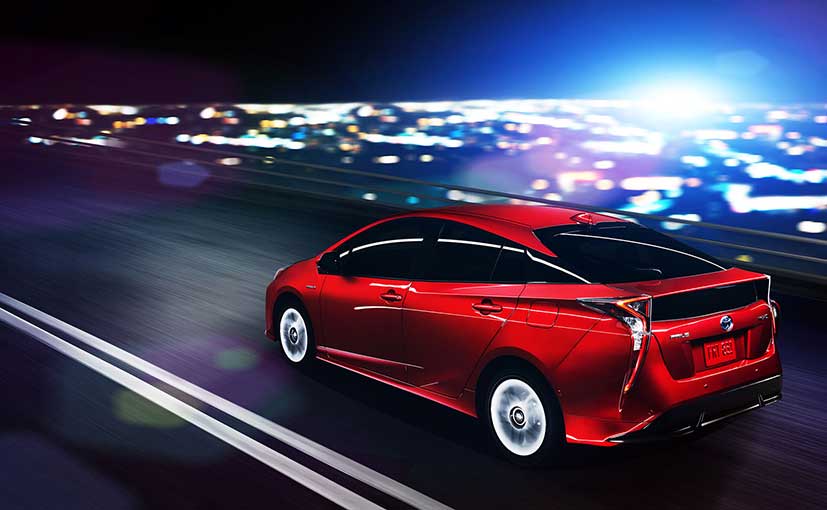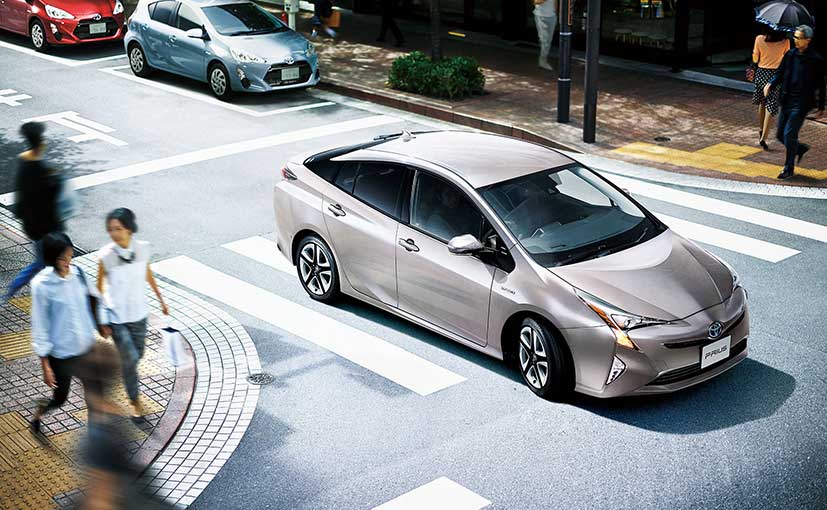HIGHLIGHTS
- Toyota will introduce its new global architecture on all future products
- It will also launch the pre-collision system in its vehicles
- Toyota will first introduce it in cars in Japan, Europe, and the US
Through TNGA, the new Prius’ body torsional rigidity has been improved by more than 60 percent compared with previous models. Thus the new architecture, along with its structural innovations, has lead to a 55 per cent decline in cabin deformation percentage in an oblique frontal crash test on the new Prius.
Talking about the pre-collision system, Kuzumaki said, “The plan is to introduce this technology to our vehicles in Japan, Europe and the US in 2017. Later on, it will be rolled out country wise depending on suitability.” The auto major is yet to divulge details about the arrival of such technologies in India.
With that said, it may be interesting to note that manufacturers’ plans to introduce such technologies in India face one major roadblock: restrictions on the frequency spectrums imperative for radar-based technologies. While the Indian government de-licensed the use of certain low frequency bands for the automotive industry last year, there are a couple more bands that still need to be de-licensed.
Safety technologies such as PCS, automatic cruise control (ACC) and autonomous emergency braking (AEB) use radar-based systems to operate and offer relevant assistance to the drivers. Till September 2015, the requisite frequencies were off limits were carmakers, thus keeping them from introducing systems that are now widely accepted in international markets.
Source: http://auto.ndtv.com/news/toyota-to-offer-new-safety-features-on-all-future-cars-1452946



